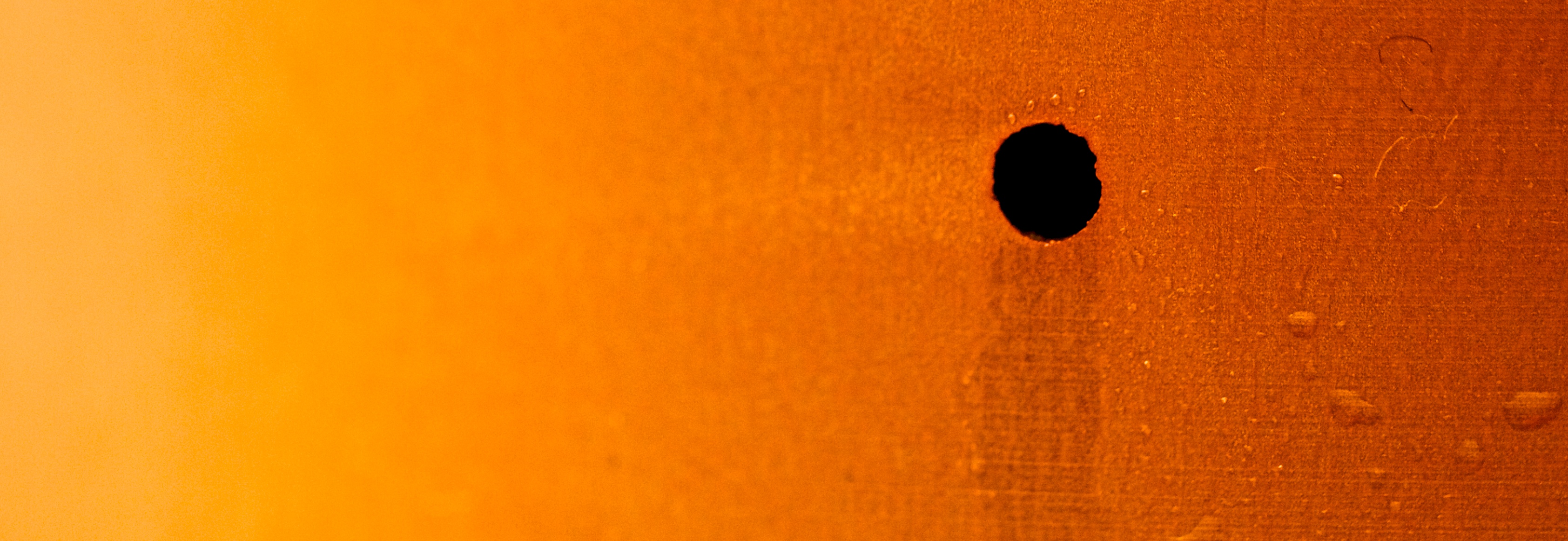Ice and its use in cocktails remains a confusing topic. Serious Eats has a great introduction. Some of these themes have come up on the blog previously; the relationship between dilution and drink temperature remains one of the least-understood concepts.

The point of this post, however, is to talk more about how to make ice for cocktails. The best advice may be to give up before even getting started. Sure, ice cubes from the freezer ice machine are horrible, but they’re cold and they work.
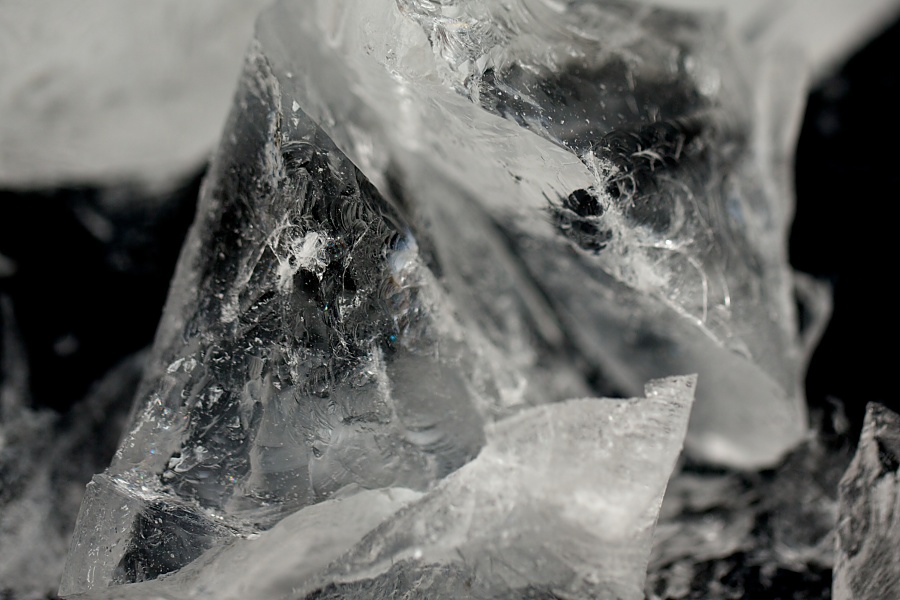
Let’s start with the disappointing part. Getting crystal-clear blocks of ice and/or making crystal-clear ice cubes or spheres is going to be a challenge. No matter what approach is taken thereafter, achieving crystal clear ice in the final product requires starting with crystal-clear ice. There are two ways to accomplish this (practically speaking): Buy commercial ice blocks or create your ice very slowly. In the latter case, if PID-controlling a freezer, acquiring a vapor deposition icemaker, or putting a cooler in your freezer sounds like too much work, give up now.

My experience with large-block freezing (in and not in an additional cooler) is varied and generally not particularly successful. The defrost cycle of my freezer at home seems to muck up the process pretty effectively. I’ll probably get back into the sport when I have a deep freeze chest or room to build something more exotic.
One upside is that when freezing large blocks of water, even without using a cooler, there are often portions of the block that are relatively clear. These are good inputs for carving off crystal-clear blocks of particular size, or for shaving down to appropriate sizes for melting into other shapes.
Spherical ice remains a fad, and with good reason: It’s pretty. There aren’t many other good reasons. The surface area/melting thing is sort of true, but less melting means less chilling. The notion that an ice sphere melts less and therefore keeps the drink colder longer is wrong. It keeps the drink less cold (compared to smaller chunks) and provides less dilution over time, longer. Ice spheres, thus, are okay for drinking with whiskey when the desire is to minimize dilution and not chill the drink too much (again, related concepts). They’re not a good idea for built drinks. They’re not a bad idea in a cocktail that’s already been chilled (via shaking or stirring).

There are three ways to make ice spheres:
- Put water in a spherical mold and freeze it.
- Carve a sphere from a block of ice.
- Melt a larger chunk of ice into a sphere.
I’m not going to spend much time on the second approach, but here’s a great video example. Carving a sphere of ice is, without a doubt, the most impressive approach to making an ice sphere.
The ice sphere mold works well enough. There are a bunch of different molds that do this; my best luck has been with the Tovolo Ice Mold. It provides a plastic bottom with a silicone top and use is straightforward: Fill bottom with water to line, insert top, and freeze. Removal instructions require running warm water over the mold for about 30 seconds and then depositing the sphere wherever is desired.

The downside of this mold is that under-filling results in a flat spot on the sphere. Over-filling results in making the sphere into an egg-shape. With a little practice, the appropriate fill line for one’s freezer can be easily determined (it may not be quite what it appears according to the instructions). Since each sphere is isolated, it’s easy to produce these on demand without disrupting other spheres.

The end result tends to be a somewhat cloudy ball, and getting it out of the mold without making it more cloudy or causing minor internal cracking is not always straightforward. Still, these are the best example of the approach.
All-plastic molds without drain holes have typically given me problems. All-plastic models have been harder to separate cleanly. Models with multiple spheres in a tray have generally not worked as well. All silicone models are harder to place in the freezer and lack the convenient stacking options of the Tovolo.


Tovolo also makes ice cube (literally, a cube) molds in similar design. They work similarly well with similar caveats. Compared to Tovolo’s cube trays, they are much easier to remove, don’t have awkward not-cube bottoms (designed to permit easier removal), and don’t have a lot of surface area exposed to the freezer.
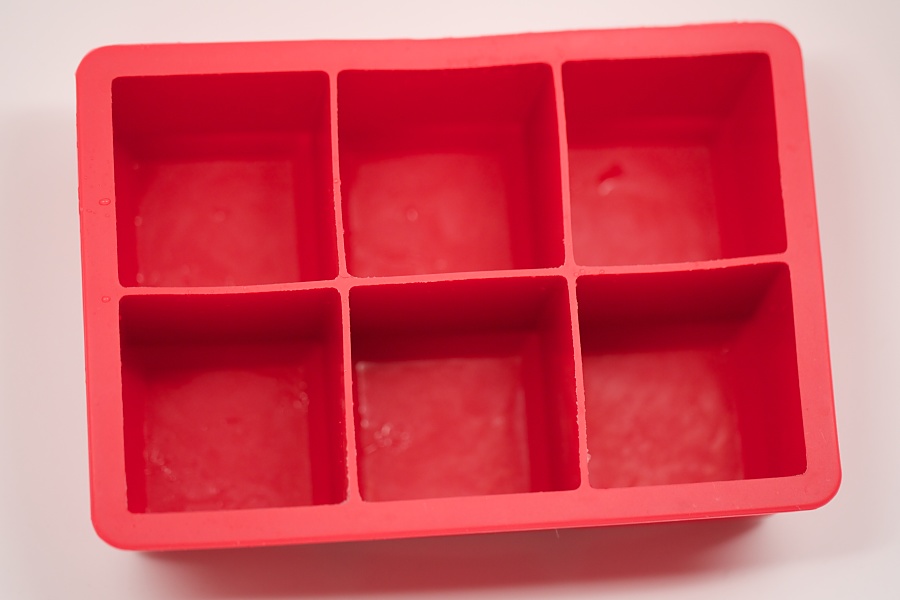
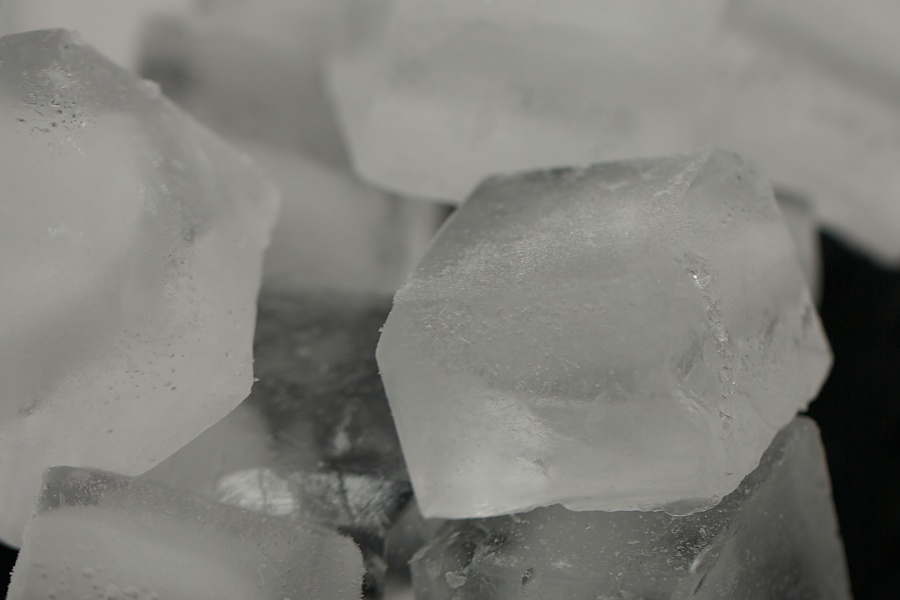
My advice when working with ice molds is freeze the ice and then transfer it to another sealed container or bag for holding. When ready to use, pull a cube or sphere out and give it a quick rinse (water, liquor, whatever) before use. Having a pair of ice tongs makes this much easier.
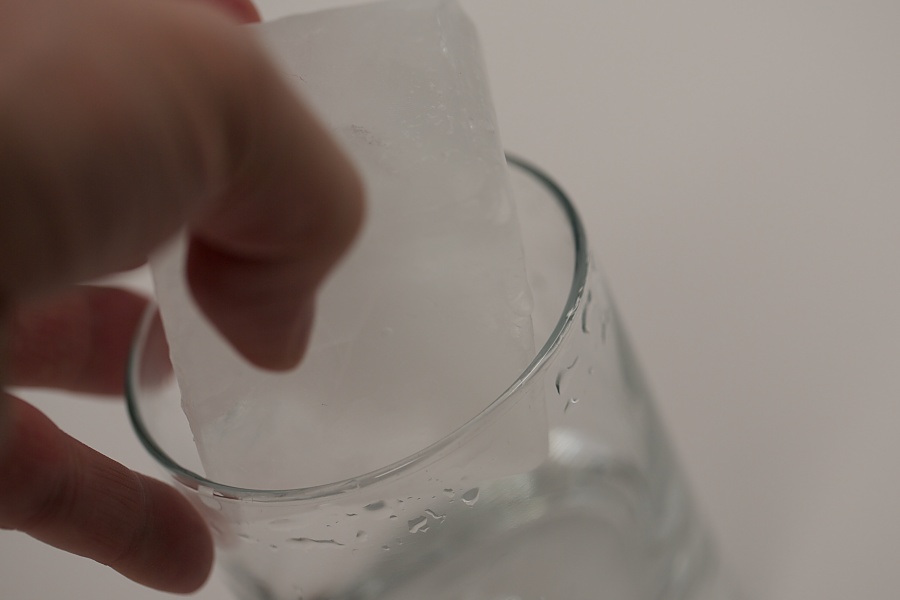
The other remaining approach to making an ice sphere is by melting a larger chunk of ice down to size. As far as I was able to figure out, this technique was introduced in Japan originally via a press that came with an absurd price tag for what it was. Since then, ice ball melters have become increasingly inexpensive with numerous copies in the wild.


The basic principle is straightforward. Two large blocks of metal with good ability to conduct heat are mated and the desired shape is cut out of them. A few strategic drain holes are put in place and pins are installed to allow the halves to slide together. A large chunk of ice is placed in the device and then magic happens. The metal causes the ice to melt quickly (heat is removed from the environment and cold is removed from the ice) and gravity causes the mold to close together. If the mold does not stall (occasionally happens when the input block of ice is too large) or melt too quickly (occasionally happens when the ice is too small or positioned poorly), the end result is a near-perfect sphere of ice.
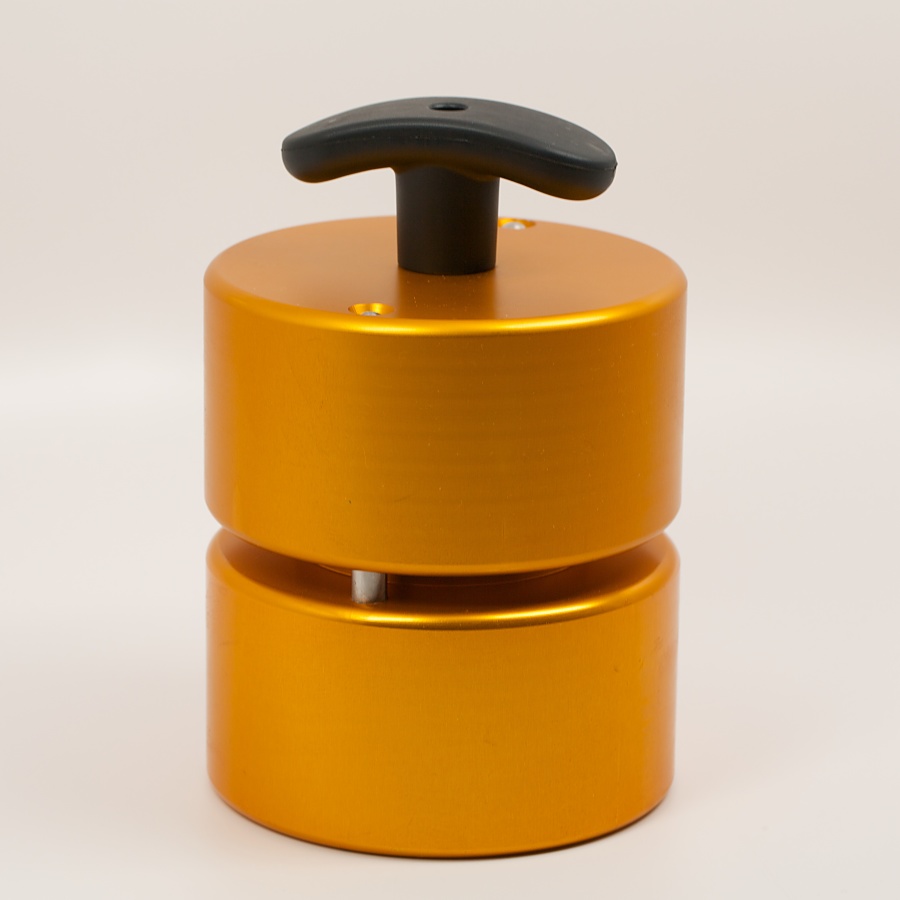
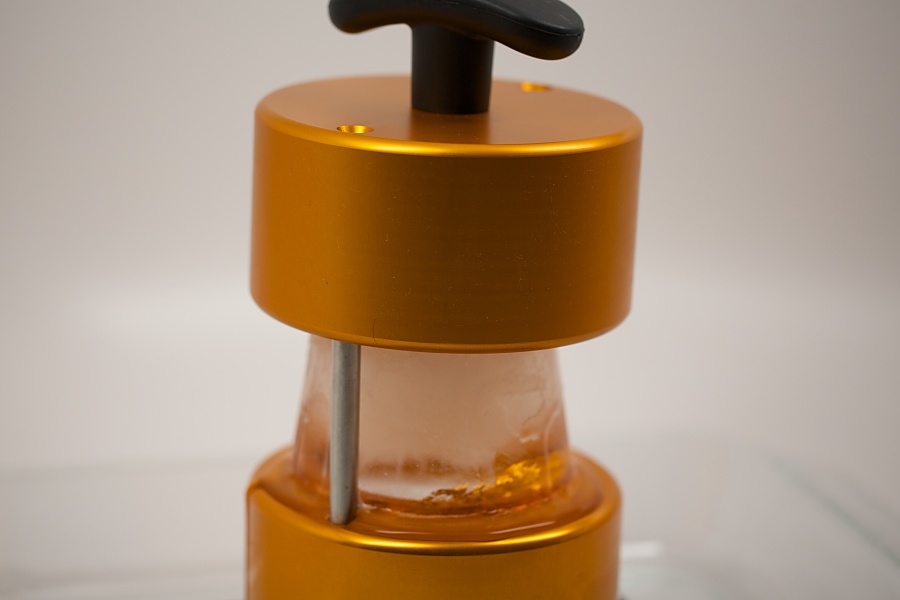
Unlike the frozen-water mold, melting to a sphere generally results in a sphere shaped exactly like the interior of the mold. No expansion or odd freezing things happen to the sphere. This approach cannot take away imperfections in the ice, but with a perfectly spherical surface with irregularities melted away, this is as good as it gets otherwise.

These devices are still priced at a level that’s somewhat unreasonable, but I imagine prices will continue to come down over time. The trap here is that the smaller devices (like the smaller spherical molds) make spheres far too small. Size these to the target glassware – getting a 40mm melter will be very disappointing with anything other than miniature glasses (or unless used in concert with several additional spheres).

